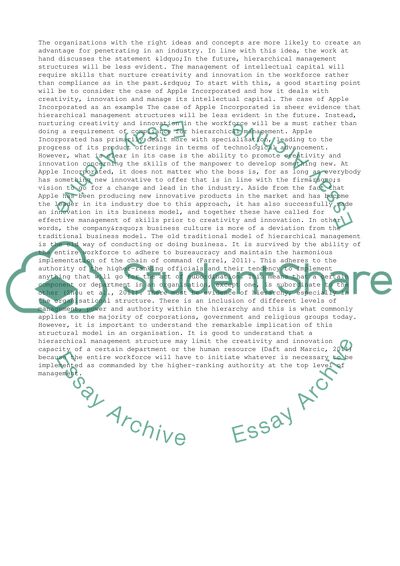Cite this document
(“Managing Creativity and Change in Organizations Essay”, n.d.)
Managing Creativity and Change in Organizations Essay. Retrieved from https://studentshare.org/business/1494514-managing-creativity-and-change-in-organizations
Managing Creativity and Change in Organizations Essay. Retrieved from https://studentshare.org/business/1494514-managing-creativity-and-change-in-organizations
(Managing Creativity and Change in Organizations Essay)
Managing Creativity and Change in Organizations Essay. https://studentshare.org/business/1494514-managing-creativity-and-change-in-organizations.
Managing Creativity and Change in Organizations Essay. https://studentshare.org/business/1494514-managing-creativity-and-change-in-organizations.
“Managing Creativity and Change in Organizations Essay”, n.d. https://studentshare.org/business/1494514-managing-creativity-and-change-in-organizations.


